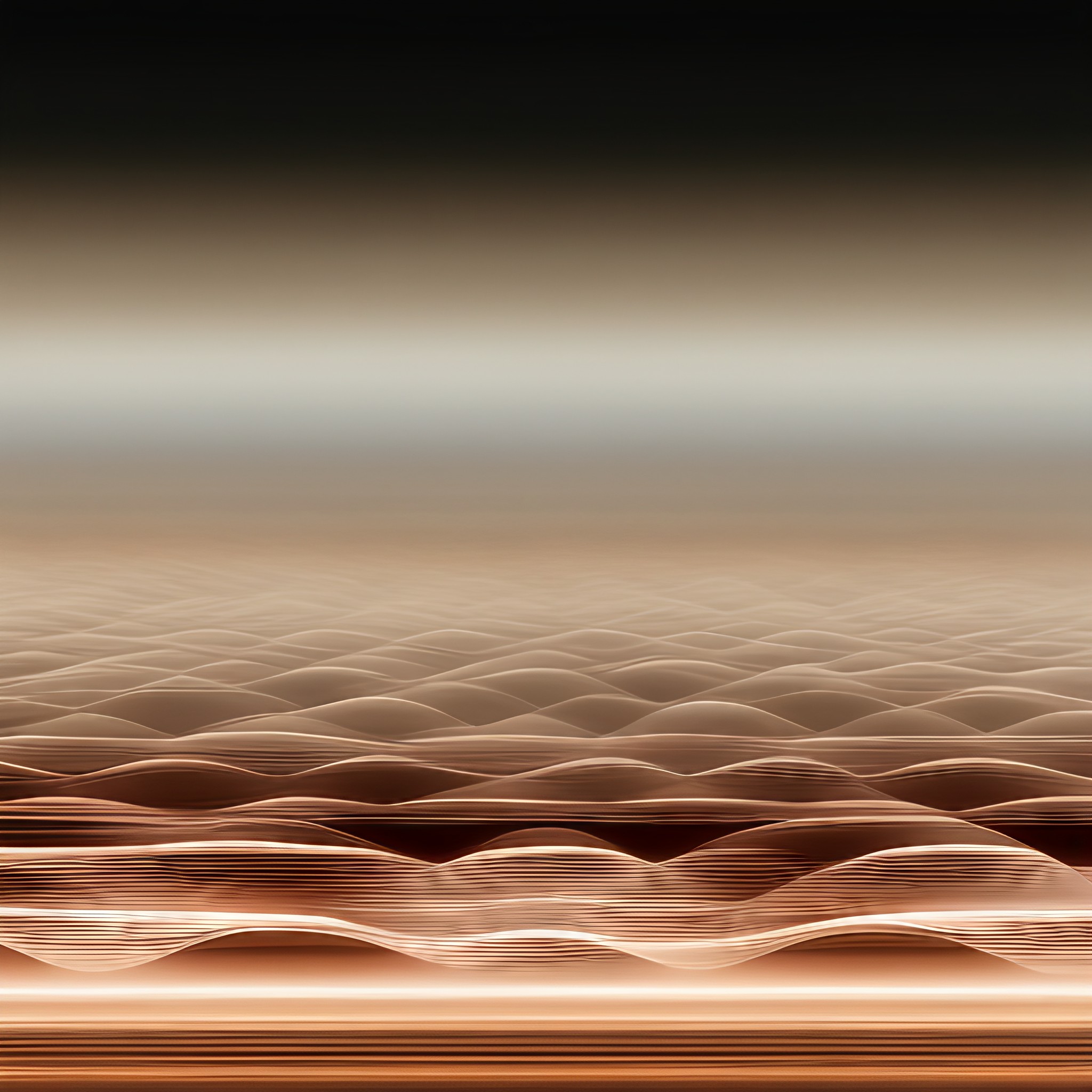Have you ever struggled to fall asleep due to external noise or perhaps found it easier to drift off when listening to calming sounds? Understanding the science behind sound and its effect on sleep can help you create a more conducive environment for a good night's rest.
In this blog post, I'll explore the different colours of noise, individual preferences for sound, the scientific impact of noise on sleep and concentration, and practical tips to help you use sound to enhance your sleep quality.
Understanding the Different Colours of Noise
Let's explore the concept of white noise, which is a type of random, constant-sounding signal that contains equal energy across all frequencies. This sound can help mask background noise, making it easier to focus on your desired sound or to block out unwanted sounds to help you sleep.
Pink noise, on the other hand, has a unique combination of high and low-frequency components and is considered a more natural and less disturbing sound than white noise. Research has shown that pink noise can have positive benefits on sleep and memory consolidation.
In addition to white and pink noise, there are also other colours of noise, such as brown noise, blue noise, and grey noise. Each colour of noise has its own unique characteristics, some of which may be more desirable for certain individuals.
Personally, I use brown noise to lull me to sleep most nights and white noise to help me focus while I work. I'm pretty serious about my noise preferences, so I like to keep them separate. I've even listened to 10-hour videos on YouTube and long Playlists on Spotify of all different coloured noises within a few days - excluding sleep time and work, of course. In my experience, the type of noise you prefer largely depends on what you need it for. For blocking out all other sounds, white noise is the absolute best option due to its high pitches.
On the other hand, brown noise is ideal for relaxation as it sounds like ocean waves hitting from a far shore. As for pink noise, I haven't found any redeeming qualities yet, but it's said to be suitable for some people.
Individual Preferences for Noise
While some people may enjoy white or pink noise for sleeping, others may find these sounds too distracting and prefer alternative sounds such as nature sounds, like waves or rainfall. Some individuals may also find guided meditation or ASMR (Autonomous Sensory Meridian Response) sounds helpful for relaxation and sleep.
It's important to note that there is no one-size-fits-all solution when it comes to sound preference for sleep. What works for one person may not work for another, and personal experimentation is often necessary to find what works best for you.

The Science Behind Sound and Sleep
Sound plays an intricate role in sleep quality. While loud or abrupt sounds can disrupt sleep, consistent and low-level sounds can create a calming environment conducive to restful sleep. Different types of noise can evoke different physiological responses in the body and brain, and brain activity has been linked to specific sound frequencies. For example, delta waves are associated with deep sleep and slow, low-frequency brain activity.
Studies have shown that certain kinds of noise can positively impact sleep quality. White noise can improve sleep onset and duration, while pink noise can enhance deep sleep. Playing calming sounds during sleep can help promote deeper sleep and prevent sudden wake-ups.
My favorite: Brown Noise
Brown noise is a type of sound characterized by its low-frequency and rumbling tone. I prefer it because it sounds like the background noise of a spaceship. It's very relaxing and makes me comfortable at work.
Brown noise is known for being powerful yet relaxing at the same time, making it a popular choice among sleepers and those looking for stress relief. It has a strong resemblance to the sound of rainfall, and studies have shown that its low-frequency signals can promote improved sleep quality.
It's widely believed to be named after the color brown, because of its deep and dark tone.
Origins of this noise are believed to come from a mathematical equation developed by Robert Brown in 1827, which has since become known as “Brownian motion”. Many believe this is where the name brown noise originated from, and its calming tones have been used to ease stress ever since.
Using brown noise in my Reels
My strategy of using brown noise as a background sound on my Reels was an attempt to create an interruption in the flow of high-pitched songs typically used in TikTok and Reels - and ultimately, draw more attention to my content.
Although I cannot say it was successful, I am determined to continue creating content that uses this unique noise to create more of an impact and attract new viewers. The low-frequency signals of brown noise can be incredibly calming when used properly, so I am eager to push the boundaries and explore its potential in other digital formats.
With the right combination of visuals and sound, I'm confident my content will have a greater reach than ever before.

Tips for Using Noise to Enhance Sleep or Focus
Now that we understand the science behind sound and sleep, let's explore some practical tips to help you create an optimal environment for sleep using sound. One tip is to experiment with different types of noise to find what works best for you. Another is to play the noise with speakers, with headphones, earbuds. Try the best and more suitable solution for you. Find the right device, search for maximum quality of sound.
It's also helpful to create a consistent sleep/work routine by using sound as a cue for your body to associate with rest or focus. For example, playing the same calming sound or music each night can signal to your body and brain that it's time to sleep.
My favorite Spotify Playlists with White, Pink or Brown Noise
- White Noise by Spotify
- White Noise / Rain for Sleep by Calmly
- White noise for studying by wendyylac
- Pink noise & Ocean by Liv Ahlner Skantze
- Pink noise and piano by WNSC
- Pink Noise for Dreaming by Bailey Alston
- Brown Noise by Spotify
- Brown noise for ADHD by Zen Sounds
- 10 hours of Brown Noise Sleep by Spotify
Conclusion
Sound can be an impactful tool for promoting healthy sleep patterns, but it's important to understand that each person's preference for noise may differ. Experimenting with different types of noise and creating consistent sleep routines can help create an optimal environment for restful sleep. So next time you struggle to relax, consider the power of sound and how it can aid in achieving a good night's rest.

